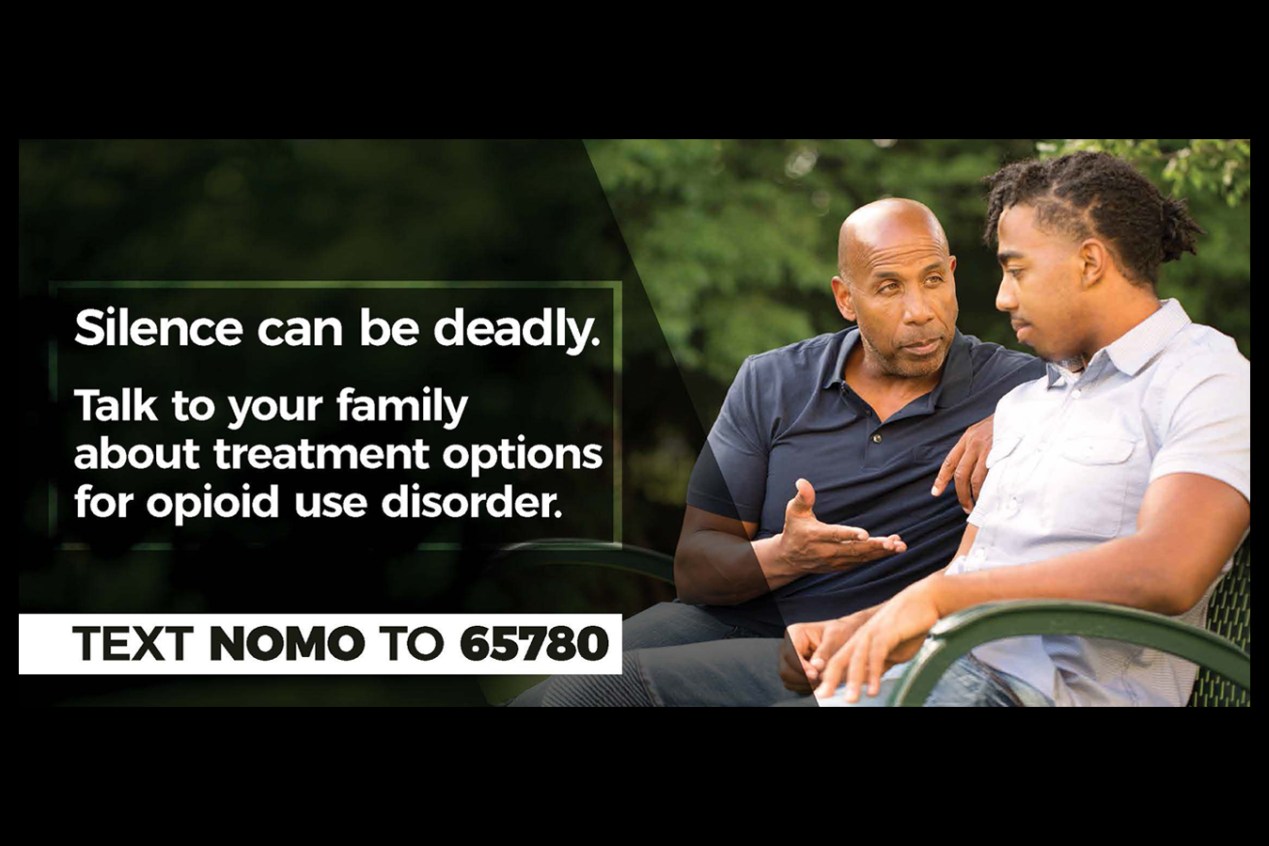ST. LOUIS — The public service announcement showed a mother finding her teenage son lifeless, juxtaposed with the sound of a ukulele and a woman singing, “That’s how, how you OD’d on heroin.”
It aired locally during the 2015 Super Bowl but attracted national attention and has been viewed more than 500,000 times on YouTube.
“You want to tap into a nerve, an emotional nerve, and controversy and anger,” said Mark Schupp, whose consulting firm created the ad pro bono. “The spot was designed to do that, so we were happy with it.”
But like other ads and PSAs seeking to move the needle on public health, it went only so far.
Marketing experts say public health advertising often falls short because it incites people’s worst fears rather than providing clear steps viewers can take to save lives. They say lessons from opioid messaging can inform campaigns seeking to influence behavior that could help curb the coronavirus pandemic, such as wearing masks, not gathering in big groups and getting a covid-19 vaccine.
The Super Bowl ad was produced and aired by the St. Louis chapter of the National Council on Alcohol and Drug Abuse using $100,000 from an anonymous donor. Then-director Howard Weissman said a top priority for his group was for Missouri to start a prescription drug monitoring program.
Five years later, Missouri remains the only state without a statewide program. And the number of opioid deaths has steadily increased in that time, state data shows, up from 672 in all of 2015 to 716 deaths in just the first six months of 2020.
The national council, now called PreventEd, is one of many nonprofits and government agencies that invest millions in messaging aimed at curbing the opioid epidemic. People who study such advertisements said it’s difficult to measure their impact, but if the metric is the number of overdose deaths, they have not yet succeeded. The country set a record for overdose deaths in 2019 that it was on pace to break in 2020.
“You have to give them a solution, especially in a health context, like with opioids, because similar to with cigarette smoking, if you increase fear and don’t give a solution, they are just going to abuse more because that’s their coping mechanism,” said Punam Anand Keller, a Dartmouth College professor who studies health marketing.
To address public health issues, marketers often use images of diseased lungs to discourage smokers or the bloody aftermath of car crashes to prevent drunken driving. But these can provoke “defensive responses” that may be avoided by giving people ways to take action, said a 2014 International Journal of Psychology review of campaigns that use fear to persuade people.
Missouri’s state health and mental health departments, with the help of federal funds, spent at least $800,000 on advertising in 2019 to curb the opioid epidemic through their Time 2 Act and NoMODeaths campaigns, according to data from advertising agencies and partner organizations.
Mac Curran, a 34-year-old social media influencer, described his struggles with opioid addiction in a number of videos for Time 2 Act, one of which was viewed more than 100,000 times on Facebook. In another recent video, Curran used storytelling to highlight the benefits of getting treatment for his addiction. He talked about strangers cheering for him when he returned to a friend’s streetwear store after getting out of the recovery program, and discussed how he learned coping skills he could use throughout life.
Jay Winsten, a Harvard University scientist who spearheaded the U.S. designated-driver campaign to combat drunken driving, described Curran’s videos as “really excellent because he comes across as genuine and well spoken. People remember stories more than they do someone simply lecturing at them.”
Still, Winsten emphasized the importance of including actionable steps and would like to see Missouri and other groups focus on teaching friends of users “how to intervene and what language to use and not to use.”
Others, including the libertarian Cato Institute, argue that PSAs on drug use just don’t work and point to the history of failed campaigns to discourage teen marijuana use.
Yet agencies keep trying. Missouri’s mental health department and the Missouri Institute of Mental Health at the University of Missouri-St. Louis convened focus groups in 2019 with drug users and their families and captured their words on billboards for the NoMODeaths campaign. One said, “Don’t give up on treatment. It’s worth the work,” and gave a number to text for help with heroin, fentanyl or pill misuse.
In addition to giving information, the goal was “to let people who use drugs know that other people care if they live or die,” said Rachel Winograd, a psychologist who leads the NoMODeaths group aimed at reducing harm from opioid misuse.
She said she understands the argument that PSAs are a waste of money, given that organizations like hers have limited funds and also try to provide housing for those in recovery and naloxone, used to revive people after overdoses.

But, Winograd said, some of the advertisements appeared to work. The organization saw a big increase after the ads ran in the number of people who visited its website or texted a number for information on treatment or obtaining naloxone.
Although federal funding rose for fiscal years 2021 and 2022, Winograd’s team and state officials decided to cut NoMODeaths’ advertising budget in half and instead spend the money on direct services like naloxone, treatment and housing.
Now health agencies are consumed by the coronavirus pandemic and are trying to craft messages that cut through politically charged discourse and get the public to adopt safety measures such as wearing masks, staying physically distanced and getting vaccinated.
Convincing people to wear masks has been difficult because messages have been mixed. Missouri’s health department has tried to depoliticize mask-wearing and get people to view it as a public health solution, said spokesperson Lisa Cox.
But Missouri Gov. Mike Parson has appeared without a mask at public events and has declined to enact a statewide mask mandate. He also said at a Missouri Cattlemen’s Association event in July, “If you want to wear a dang mask, wear a mask.”
Cox would not comment on whether Parson’s approach undermined the state’s public health efforts, but Keller said it did.
Missouri’s messaging about vaccines has been much more straightforward and clear. A website provides facts and answers to common questions as it encourages people to “make an informed choice” on whether to get the shots.
Keller praised the “unemotional, not-fear-arousing” approach to the vaccine messaging issued so far.
“It needs the right messengers: well-known individuals who have high credibility within specific population groups that currently are hesitant about taking the vaccine,” Winsten said.
This time, Parson has been one of those messengers. When he announced the launch of the vaccine website in November, he said in a news release: “Safety is not being sacrificed, and it’s important for Missourians to understand this.”
In spite of the politicization of the virus crisis, Winsten, who serves on the board of advisers of the Ad Council’s $50 million covid vaccine campaign, has “guarded optimism” that enough people will get vaccinated to curb the pandemic.
And he remains hopeful that PSAs could eventually help reduce the number of people who die from opioids.
“Look at the whole anti-smoking movement. That took over two decades,” he said. “These are tough problems. Otherwise, they would be solved already.”







